Fertilizer plays a crucial role in agricultural productivity, providing essential nutrients to plants and boosting crop yields. However, the types of fertilizers—liquid and solid—require different types of equipment for their production and application. Understanding the key differences between liquid fertilizer equipment and solid fertilizer equipment can help farmers and agribusinesses make informed decisions on which equipment to invest in for optimal efficiency and productivity.
1. Form of Fertilizer
- Liquid Fertilizer Equipment: Liquid fertilizer equipment are produced in a soluble or suspending solution, usually by dissolving essential nutrients such as nitrogen, phosphorus, and potassium in water. This form of fertilizer can be absorbed quickly by plants, especially through foliar application, where the liquid is sprayed directly on the plant leaves.
- Solid Fertilizer Equipment: Solid fertilizers are produced in granular, pellet, or powdered form. These are typically applied to the soil and need to be absorbed by the plant roots. The process is slower than liquid fertilizers, but solid fertilizers often offer a more controlled, slow-release nutrient supply.
2. Production Process of Liquid Fertilizer Equipment
The production processes for both types of fertilizers are distinct, requiring specialized equipment:
- Liquid Fertilizer Production:
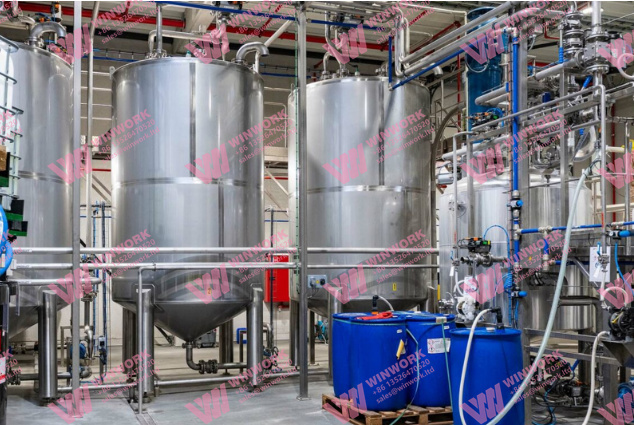
- Mixing: Nutrients are mixed with water to form a solution.
- Blending: The nutrient mixture is thoroughly blended to ensure uniform distribution.
- Filtration: Any solid particles or impurities are filtered out to ensure that the liquid fertilizer is pure.
- Storage and Application: The final liquid product is stored in tanks and applied using spraying or fertigation systems, which distribute the liquid fertilizer efficiently.
- Solid Fertilizer Production:
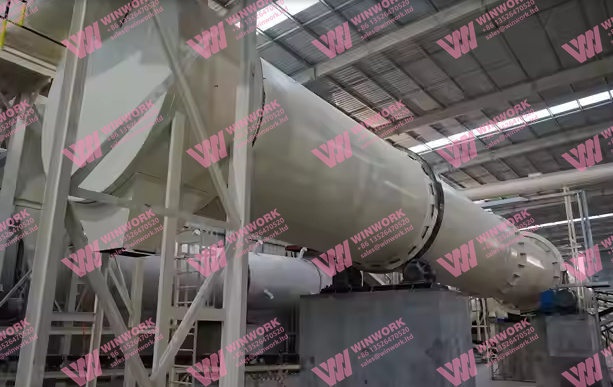
- Crushing: Raw materials are crushed to reduce particle size.
- Granulation or Pelletizing: The crushed materials are processed through granulators or pelletizers, which form uniform granules or pellets.
- Drying and Cooling: After the granulation process, the fertilizer is dried to remove moisture and then cooled to ensure product stability.
- Screening and Packaging: The dried granules are screened for consistency and packaged for sale or storage.
3. Equipment Used
- Liquid Fertilizer Equipment:
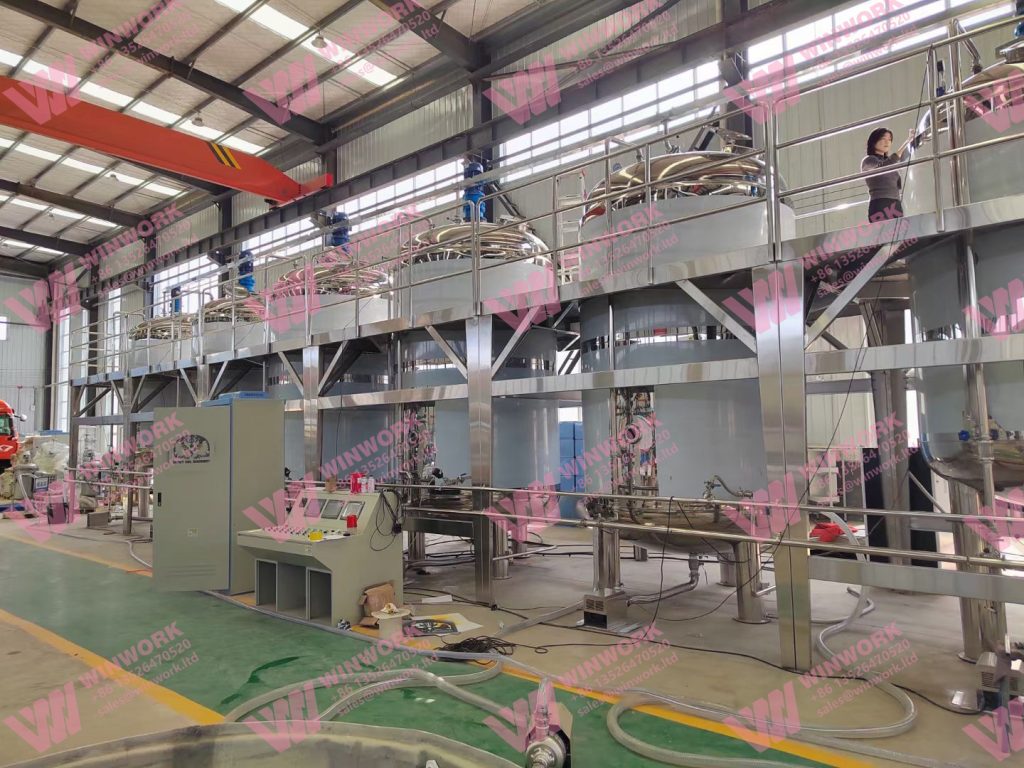
- Mixing Tanks: Large tanks are equipped with agitators to dissolve nutrients into the liquid.
- Pumps: These are used to move the liquid through the system for distribution.
- Filtration Systems: These ensure that the liquid is free from unwanted particles that could clog application equipment.
- Sprayers and Irrigation Systems: These are the primary tools for applying liquid fertilizers to crops through either overhead spraying or integrated fertigation systems.
- Solid Fertilizer Equipment:

- Crushers: Machines that break down raw materials into smaller sizes for further processing.
- Granulators and Pelletizers: These are used to form granular or pelletized solid fertilizers.
- Dryers and Coolers: Specialized machines that remove moisture and stabilize the product.
- Screeners and Packagers: Equipment to sort, size, and package the fertilizer for sale and transport.
4. Application Methods
- Liquid Fertilizer:
- Liquid fertilizers are applied primarily through spraying systems, where nutrients are directly absorbed by plants, especially through their leaves (foliar feeding).
- Fertigation, which integrates the application of fertilizers with irrigation systems, is a common method for applying liquid fertilizers, ensuring even distribution across large areas.
- Solid Fertilizer:
- Solid fertilizers are typically spread over the soil, either manually or using mechanical spreaders.
- After application, solid fertilizers need to be tilled or mixed into the soil to ensure proper nutrient distribution and absorption by plant roots.
5. Advantages and Disadvantages
- Liquid Fertilizer:
- Advantages:
- Rapid absorption by plants, especially in foliar applications.
- Can be integrated with irrigation systems, providing efficient and uniform application.
- Ideal for correcting immediate nutrient deficiencies.
- Disadvantages:
- Requires specialized equipment, which can be costly to maintain.
- Potential for over-application or runoff, leading to environmental concerns.
- Advantages:
- Solid Fertilizer:
- Advantages:
- Provides a slow-release of nutrients over time.
- Easier to handle, store, and transport.
- Longer shelf life and more stable.
- Disadvantages:
- Slower nutrient absorption compared to liquid fertilizers.
- Requires proper tilling and soil preparation for even distribution.
- Advantages:
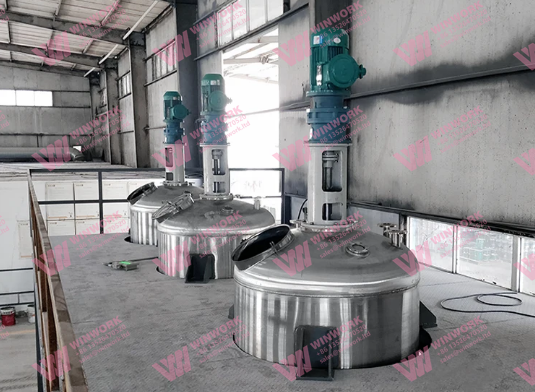
6. Environmental Impact and Efficiency
- Liquid Fertilizer:
Liquid fertilizers can lead to nutrient runoff and water contamination if not applied correctly. However, when managed carefully, they can provide highly efficient nutrient delivery. The risk of leaching is high in areas with excessive rainfall or poor soil drainage. - Solid Fertilizer:
Solid fertilizers are less likely to leach but may still contribute to environmental concerns if over-applied. Slow-release formulations reduce the risk of runoff, as they provide nutrients over time, allowing the soil to absorb them gradually.
7. Cost Considerations
- Liquid Fertilizer Equipment:
- Generally, more expensive due to the need for tanks, pumps, filtration systems, and specialized applicators.
- Requires ongoing maintenance to prevent clogging and ensure proper functioning.
- Solid Fertilizer Equipment:
- Solid fertilizer equipment tends to be less costly, as granulation and packaging machinery are relatively less expensive than liquid fertilizer systems.
- Transportation costs can be higher due to the bulkiness of solid fertilizers.
Conclusion
While both liquid fertilizer equipment and solid fertilizers have their advantages, the liquid fertilizer equipment used for their production and application differs significantly. Liquid fertilizer equipment is designed for precise, fast absorption and application, while solid fertilizer equipment focuses on producing stable, slow-release nutrients that are ideal for long-term soil health. Understanding the differences between liquid fertilizer equipment and solid fertilizer equipment allows farmers to make more informed decisions based on their specific needs, crop requirements, and environmental conditions.



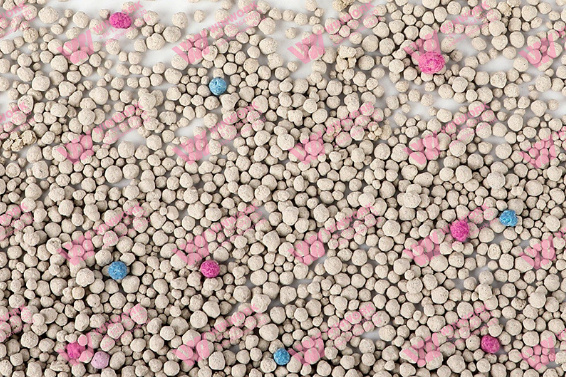
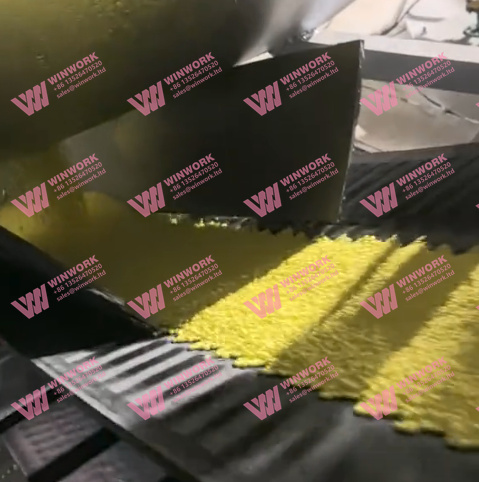
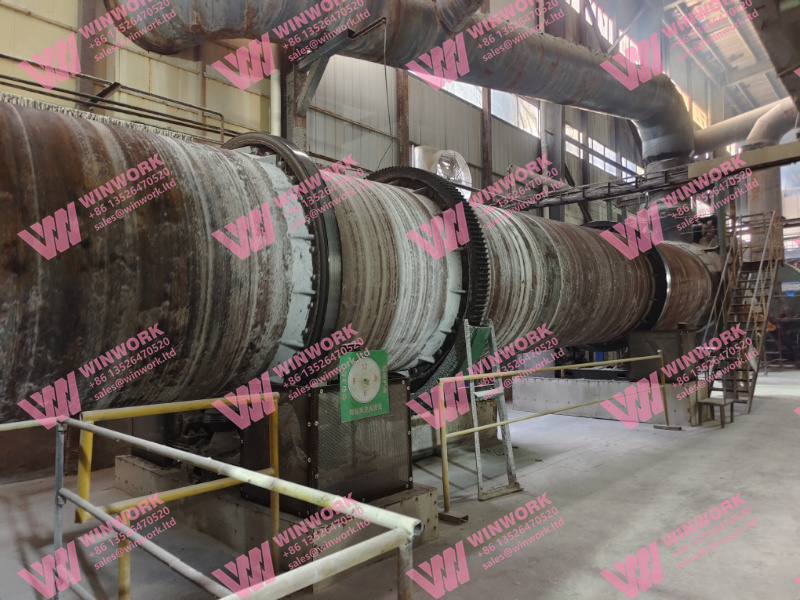
Get A Quote